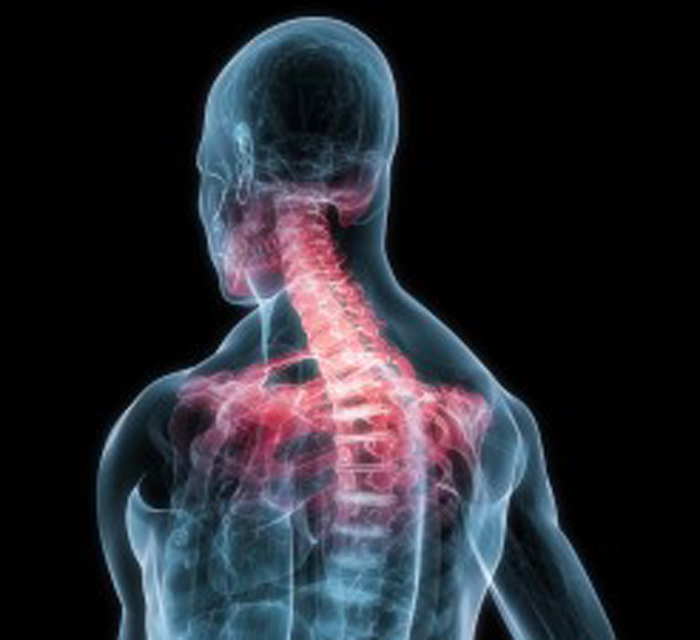A Replication of the Ernst Study
“Adverse Effects of Spinal Manipulation: A Systematic Review”
SOURCE: Chiropractic & Manual Therapies 2012 (Sep 21)
Peter J. Tuchin, GradDipChiro, DipOHS, PhD
Macquarie University, Bld E5A Rm 355,
Waterloo Rd, North Ryde,
Sydney, NSW 2109, Australia
Objective To assess the significance of adverse events after spinal manipulation therapy (SMT) by replicating and critically reviewing a paper commonly cited when reviewing adverse events of SMT as reported by Ernst. (J R Soc Med. 2007 (Jul); 100 (7): 330-338).
Method Replication of a 2007 Ernest paper to compare the details recorded in this paper to the original source material. Specific items that were assessed included the time lapse between treatment and the adverse event, and the recording of other significant risk factors such as diabetes, hyperhomocysteinemia, use of oral contraceptive pill, any history of hypertension, atherosclerosis and migraine.
Results The review of the 32 papers discussed by Ernst found numerous errors or inconsistencies from the original case reports and case series. These errors included alteration of the age or sex of the patient, and omission or misrepresentation of the long term response of the patient to the adverse event. Other errors included incorrectly assigning spinal manipulation therapy (SMT) as chiropractic treatment when it had been reported in the original paper as delivered by a non-chiropractic provider (e.g. Physician).
The original case reports often omitted to record the time lapse between treatment and the adverse event, and other significant clinical or risk factors. The country of origin of the original paper was also overlooked, which is significant as chiropractic is not legislated in many countries. In 21 of the cases reported by Ernest to be chiropractic treatment, 11 were from countries where chiropractic is not legislated.
Conclusion The number of errors or omissions in the 2007 Ernest paper, reduce the validity of the study and the reported conclusions. The omissions of potential risk factors and the timeline between the adverse event and SMT could be significant confounding factors. Greater care is also needed to distinguish between chiropractors and other health practitioners when reviewing the application of SMT and related adverse effects.
The Full-Text Article:
Introduction
The use of a treatment by health care providers requires examination of the evidence of effectiveness and assessment of the evidence for risks or adverse events (AE) caused by the treatment [1]. Spinal manipulation therapy (SMT) has strong evidence for treatment of low back pain, neck pain, headache and migraine [2-6]. This is supported by numerous systematic reviews of a large number of randomized controlled trials [7-10]
Adverse events following SMT are common but usually result in minor, short term problems [11-14]. The most commonly expressed area of concern regarding these adverse effects of spinal manipulation includes conditions such as vertebral artery dissection (VAD) or carotid artery dissection (CAD), which results in cerebrovascular accidents (CVA) [15]. These serious AE can occur immediately following SMT but are reported as rare and unpredictable consequence of all neck movements [16]. However, there appears to be conflict over the frequency or severity of serious events which may follow SMT. A paper written by Ernst “Adverse effects of spinal manipulation: a systematic review” was published in the Journal of the Royal Society of Medicine in July 2007 [17]. In the paper, 28 articles reporting a total of 32 case reports were identified with 22 cases involving chiropractors. The majority of cases involved complications from cervical manipulation, the most notable problem being VAD.
Read the rest of this Full Text article now!



very good information.great to have a place that you can get the information in one place.